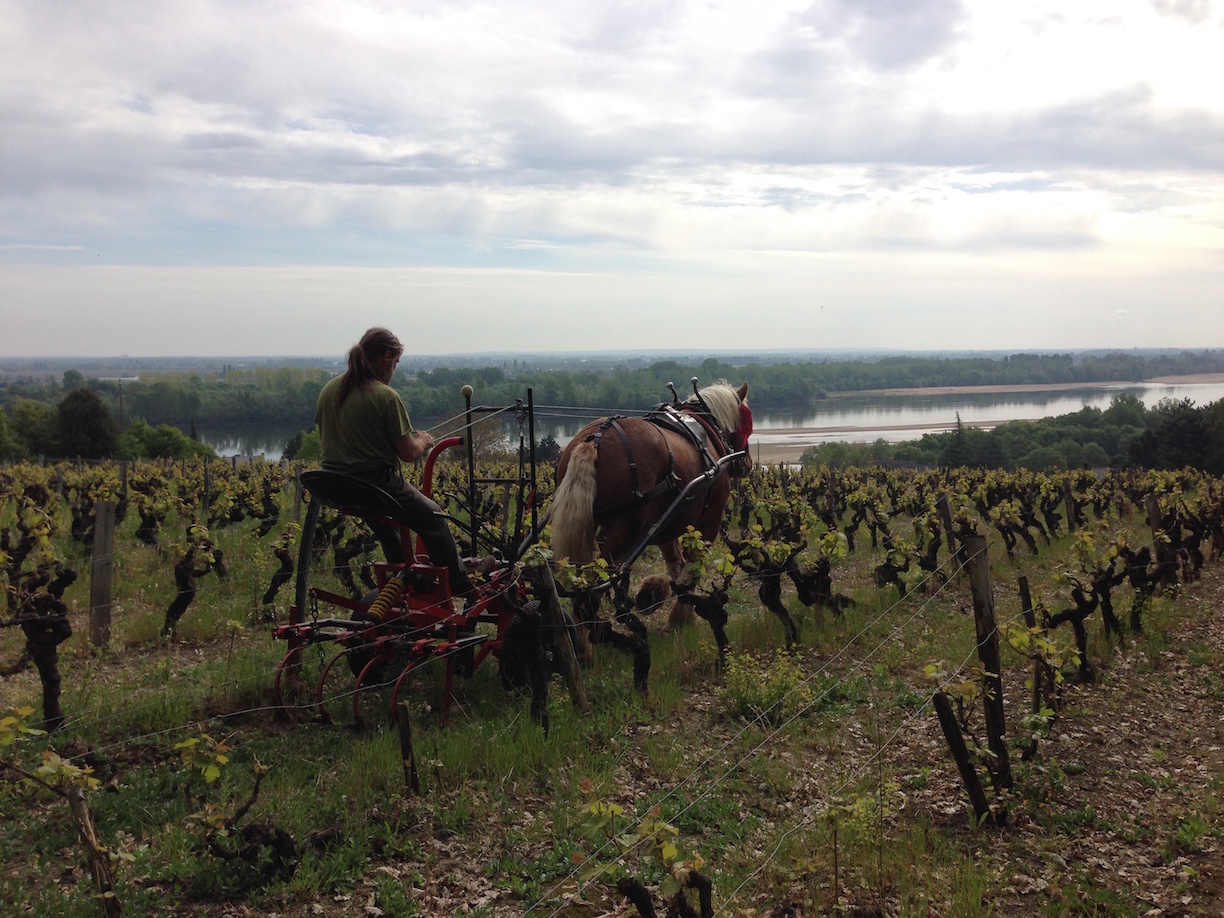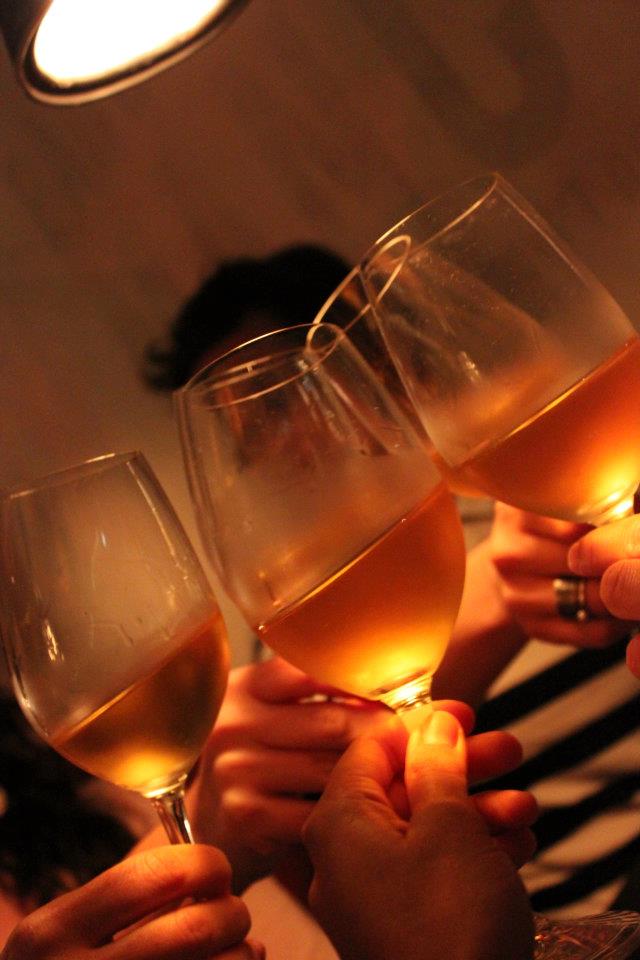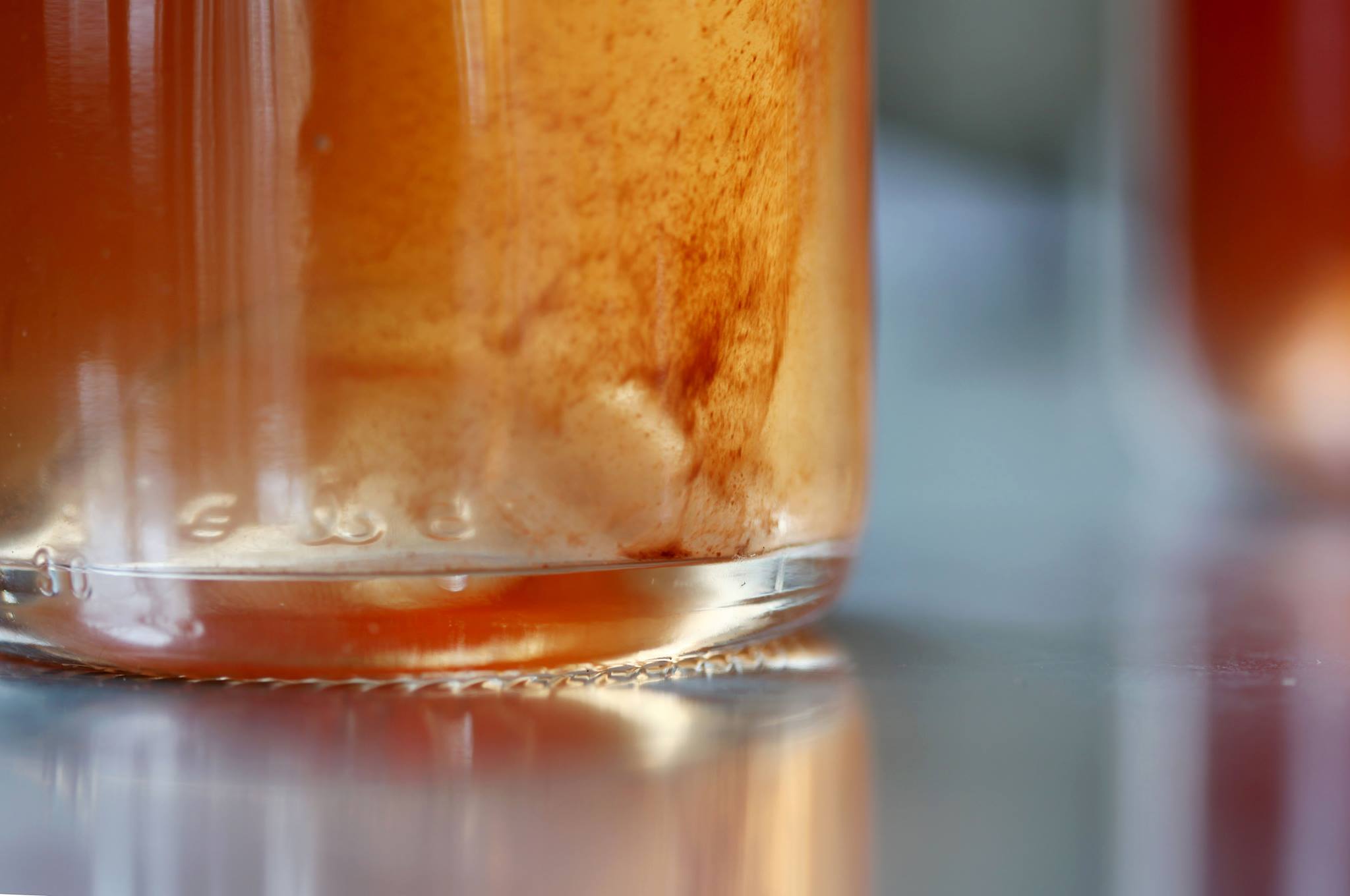In the beginning…
Is potential. This comprises a particular location and a sympathetic culture. That culture will include the greater wine environment, the history of farming, the gastronomy of the region or the village, the way that the vines and the wines have plunged their roots into the locale.

The place
Which we might think of as terroir incorporating the climate (macro-/meso-/micro-) and the environment, as well as the nature of the specific vineyard itself. When you visit a place in which there is palpable growth (fostered by sympathetic farming) you sense latent energy. Terroir is placeness; it is also singularity, and best expressed through farming which nourishes and exalts the vines, meanwhile placing the vineyard within the framework of the well-being of the surrounding land.
When we talk about wine, we’re talking about a plant that should be able to penetrate deep into the soil. And it’s by definition a terrestrial plant. So, among all the fruits, grapes should be the richest in mineral salts. That’s why wine is wine. Because mineral salts are transformed into aromas during fermentation. Everything from the mineral world – the latent flavours -are transformed by the magic of fermentation into actual flavours. If we take a plant that should work at a depth of 50-60 meters, but thanks to a senseless agronomic method, works at 60 cm… – because today vines work at a depth of 50-60 cm., depending on the soil -they’ll obviously lack everything that makes a grape a grape, or a Cortese a Cortese, etc.
–Stefano Bellotti, Natural Resistance, directed by Jonathan Nossiter

Vines
Man/woman is the custodian or steward of the environment; there is a relationship or understanding that builds up over time. Implicit in this is the knowledge that proper farming is not a one-way process designed to extract the maximum from the vineyard, but also involves about restoring, building back health and life into the soil, assisting the vineyard to help itself.

The person
For all that nature brings to bear on it, wine is catalysed by human decisions and human interactions. The personality of the vigneron is inevitably imprinted on the wine. Some growers are driven, some are relaxed, some are idealists, some are natural philosophers, some are poets, some are farmers, some have training, some are autodidacts, some are curious, some are relaxed; whoever – and whatever – they are, becomes an essential part of the wine’s make-up.

The wine
Wines, even natural wines, are the result of interventions, even if those interventions are minimal. The choices are myriad as wine is a form of potential. The natural approach would view the grape juice as potential to make a natural wine; transformations done with native yeasts occurring at their own tempo (with natural or ambient temperature); the vessels in which the wine ferment and mature may give some sort of shape, but are not flavouring agents; the wines are not pumped, or stirred or pushed; nothing is added to impose extra flavour or texture, and nothing is taken out.

The company
Wine is a social drink. It liberates the tongue. It may nourish us. It is meant to bring pleasure. Yet, the act of drinking also takes its colour from the very people who drink it – every bit as much as from the grape skins. At what point are we engaged in responding to a product using a set of aesthetic values that have been determined for us? That wine must meet certain expectations, that flaws and faults must be identified and codified. Is it possible to be purely receptive and open, taking one’s energy from the occasion and the company, rather than giving over the greater part of oneself to a “defensive” critical position?

The extrinsic qualities of wine
You eat and drink with your eyes. Not literally, of course. Perhaps, better to say that we judge with our eyes and what we see conditions our expectations. I recall from my dim-and-distant-youth that the WSET tasting code required one to analyse wine for it clarity, for in all things – sight and smell – as cleanliness was evidently (and still is) considered adjacent to godliness. Transparency– in the sense of looking through a Perspex screen at nothing – seems to be the critical motherlode as far as wine is concerned. It leads to an oenological disposition to airbrush which in turn eliminates the essence of the wine and leaves only the “pure” facade.
Real transparency allows you to gaze into the heart of the wine. Wines have material essence, and when the grapes are ripe and healthy, and the wine is balanced, the quality of colour tells you something of the depth of that wine. Strip-filtering removes an important layer by taking out the animating lees, which infuse the wine with textural (and textual) depth.
Nose and eyebrows arching simultaneously when unfamiliar character is encountered, the conventional taster is discomforted by opaqueness be it in colour, aroma or taste. Truth and beauty, however, are rarely to be found at the bottom of a shallow pool of gratification. Drink deep or taste not the Pierian Spring. It is important to delve beneath one’s primary impressions. To deconstruct a wine before you have experienced it fully is edit a book before reading it. People either focus too much, or don’t focus enough, when they are tasting; to do justice to the wine one should find the fine balance between opening oneself up to physical or sensory experience (being an explorer) and evaluating experience which is tricky when we are unconsciously filtering impressions through our preconceptions and likes/dislikes.
The memories engendered
However the neurological pathways operate, it seems that when one smells wine it often triggers associations, which in turn bring certain memories to the surface. This is not the exclusive parole of wine– Proust made a big play from his madeleines. Anyway, one of the great pleasures of wine is to be lashed into an uncritical froth, to allow ourselves to be transported on a journey. And even more pleasurable to share the journey with another. What is memorable about wine is all the incidental and not so incidental trimmings– where we were, in whose company we were enjoying it and what we were eating or talking about at the time. A single smell or a taste may activate a cascade of impressions and thoughts.

Summary
I always say that real wines are alive and imprinted with memories of their origin. Every glass of real wine is the aggregate of hundreds if not thousands, of influences and transformations. It is geography, and geology, human history and agriculture, science, art, gastronomy and chance. It is nature, what happens in the soil and what goes on the sky. It is the quirks of weather. It is the birds and the bees and the creepy-crawlies. And the human choices in the winery, to intervene – when, and to what extent. If the processes are sympathetic – thriving vineyards, beautiful grapes, an exacting attitude to quality, a feeling for the wine as it is transformed from potential to final product, then the wine is more than the bottled liquid – it contains information, experience and a portion of natural beauty. Most wine lacks this singular capacity; it is processed for a very specific commercial purpose, and, as such, has little value other than to be consumed or traded. Real wine has an undeniable energy, it possesses a unifying power that draws everything into a sense of itself, and is a gift to be enjoyed by those who would open themselves to experience it.

